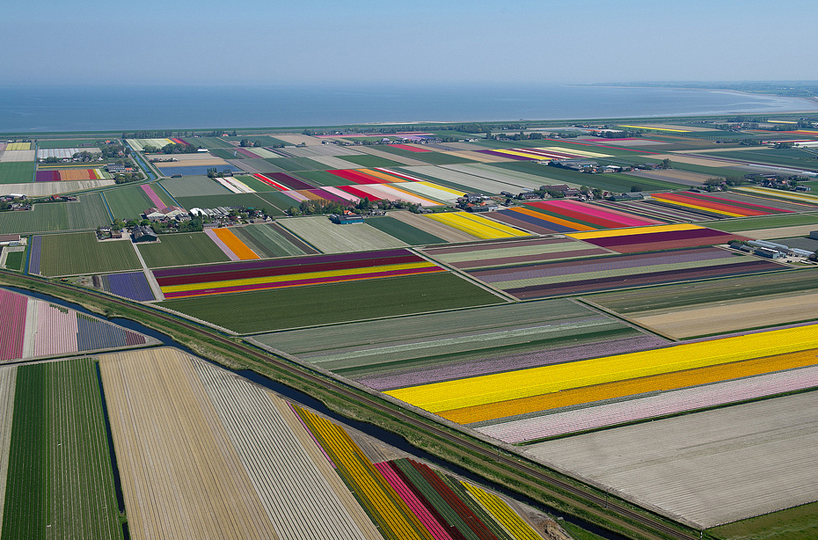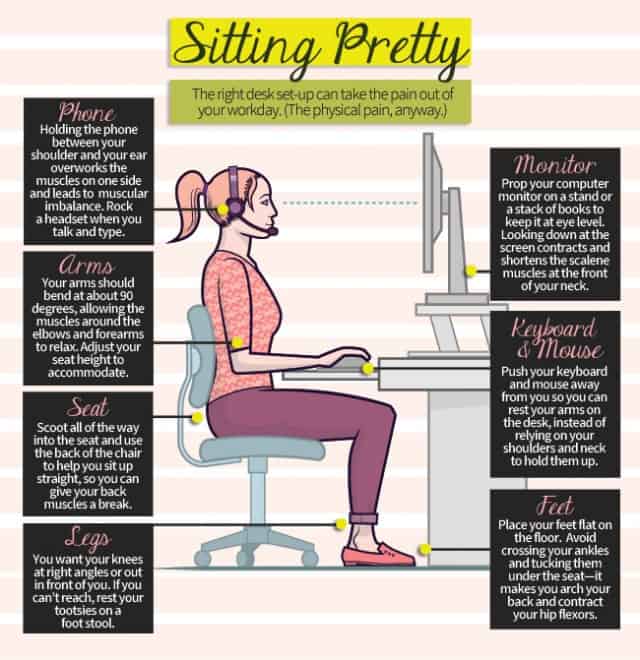full article
A question came to mind as school bus drivers prepared to start their engines on Wednesday on 7,700 public-school routes in New York City and end their monthlong strike: Why are most school buses yellow?
Why not some other color? Why not burnt sienna, like a crayon? Why not light-medium robin’s egg blue, like a jewelry box? Why not magma orange, like a Lamborghini?
The answer is Frank W. Cyr, a professor at Teachers College, Columbia University, who became known as the “father of the yellow school bus” for research he led in the 1930s.
Dr. Cyr, who died at 95 in 1995, had traveled the country, surveying pupil transportation in an era when school buses cost $2,000 apiece but differedwidely from manufacturer to manufacturer and jurisdiction to jurisdiction. Some states had safety standards; some left the task to local school districts. “In many cases, standards have been set up by more or less hit-and-miss methods,” according to an account that Dr. Cyr oversaw.
Then, in the spring of 1939, he called together educators, school bus manufacturers and paint experts for a conference that approved the nation’s first school bus safety standards — 42 pages covering everything from axles, batteries and emergency brakes to the inside height of the passenger compartment to, yes, the color that the world saw outside. The standards were published in a booklet with a yellow cover: the yellow was the color the group had chosen.
“They wanted a color that would stand out, that other drivers could see from a distance and that would be identified with a school bus so whenever we saw it, we’d think, there’s a group of kids going someplace,” said Frank Cyr’s son, William. “Before that, they sent kids to school in anything.”
Buses, trucks and even horse-drawn wagons carried schoolchildren in those days. Some buses were painted in drab colors. Some administrators suggested red, white and blue, apparently not to make the buses more visible but to make the passengers more patriotic.
For his part, Frank Cyr understood the importance of standardization. “For every different color,” he recalled in 1989, “the bus companies had to have different booths to spray-paint them.”
Yellow was hard to miss, even in weather so bad your mother made you wear galoshes. But which yellow? This is like asking what color is the White House.
“I remember as a kid, he had color samples,” William Cyr said. “He had a desk at home in his study and he would lay the samples out across his desk and look at them. He would talk about the samples as being orange. As I remember it, they were a gradation from orange over to a pale yellow.”
At the conference in 1939, he displayed 50 shades of yellow, from a deep, lemony yellow to a deep orange-red. He recalled in 1989 that the group appointed a committee of education officials to make the final color choice.
“The color they selected was and remains ‘national school bus chrome,’” said Bob Riley, executive director of the National Association of State Directors of Pupil Transportation Services. “I don’t know why the word ‘chrome’ was in there, but it has something to do with the makeup of that paint.”
The most recent version of the standards, approved in 2010, calls the color “national school bus yellow,” and Mr. Riley said there is a specific formula for it.
“I’ve seen it,” he said, alluding to the formula. “We used to have it on our Web site. I think we dropped it off the Web site because nobody ever asked for it.” But, he added, “You can’t buy a bus that doesn’t meet that formula.”
Other specifications adopted at the school-bus conference have been revised over the years, but not the yellow, even though it is a relic from before the eye-popping palettes of artists like Andy Warhol and Peter Max.
“If they had to do it today, who knows if it would be the same, because now they have brighter, more noticeable things,” Mr. Riley said. “Think of the vests highway workers wear. Obviously, they’re even more noticeable than national school bus chrome yellow. But the rationale for maintaining that color is its universal acceptance. We’ve all been born and raised knowing what that is.”
William Cyr said he remembered asking his father, “If you’re the father of the yellow school bus, what does that make me?”
Frank Cyr had a ready answer: Anytime William saw a school bus, he could announce, “There goes one of my brothers.”







